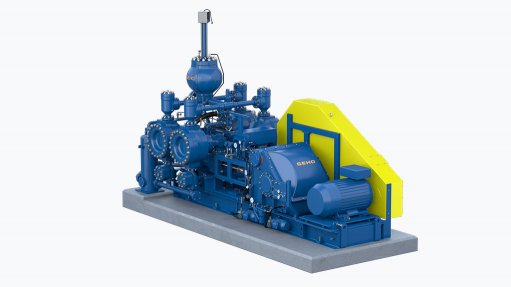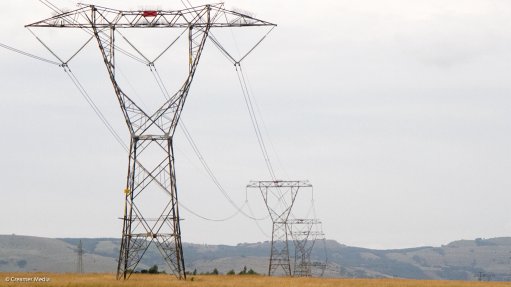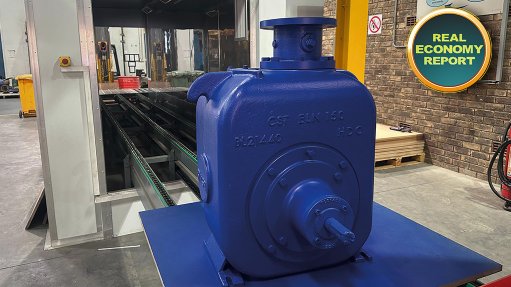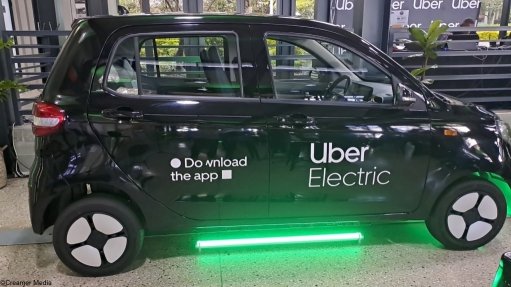Rooted in reality?
When South Africa transitioned to democracy in the 1990s, and when climate constraints were not yet on the agenda, energy policy was arguably the country’s main industrial policy lever.
The country had what was then described by Eskom as “low-cost” and abundant electricity and government used it to attract energy-intensive industrial investments, the most high-profile of which were the aluminium smelters in Richards Bay and Maputo.
The dominance of coal and its geographical concentration in the northeastern regions of the country also had a major influence on upstream industrial policy, investment and activity.
Besides the mining industry, the coal-based electricity system and the extensive grid infrastructure developed to transport the electricity nationally was an important source of demand for manufacturing and engineering services.
Much was written about South Africa’s minerals and energy complex and how to leverage it for growth, development and employment.
Fast forward some 30 years and conditions have changed.
Electricity is no longer cheap and while loadshedding has been brought under control, the current surplus of supply is not guaranteed, with several coal stations already operating beyond their design life and the rest of the fleet struggling to operate within pollution limits.
Besides far tighter climate policy, coal is no longer the cheapest source of new electricity but is almost unfinanceable.
Eskom is in recovery, but still trading with the support of taxpayer injections, which have exceeded R480-billion over the past ten years.
The cheapest sources of new electricity are variable solar PV and wind supported by flexible solutions such as batteries, pumped hydro, and possibly a combination of flexible coal use and gas-to-power.
The grid, however, has emerged as a constraint to connecting the best renewables acreage, a problem amplified by the fact that much Eskom capital was directed away from transmission and distribution and towards its delayed, over-budget and corruption-prone mega coal projects.
Given this energy reality, industrial policy naturally needs to adjust.
The upstream focus should be on building the manufacturing and engineering services ecosystem required to support the generators that will deliver the cheapest electricity and to roll out the grid.
To provide stable demand for such inputs, every effort should be made to accelerate the connection of the new solar, wind and flexible generators needed to deliver a new era of electricity abundance at highly competitive tariffs; ones that could eventually attract new energy-intensive industries and resuscitate old ones.
There are definite signs that such policy thinking is taking shape, with the South African Renewable Energy Masterplan being a case in point.
Yet, there are also some policy developments that have a distinct back-to-the-future feel, including the proliferation of opaque negotiated pricing agreements (NPAs), the possibility of an NPA-plus arrangement for the ferrochrome smelters; the chasing of unproved clean-coal solutions; and the recent lifting of the pebble bed modular reactor from care and maintenance.
For industrial policy to work, it needs to be rooted in market realities, not techno populism.
Article Enquiry
Email Article
Save Article
Feedback
To advertise email advertising@creamermedia.co.za or click here
Comments
Announcements
What's On
Subscribe to improve your user experience...
Option 1 (equivalent of R125 a month):
Receive a weekly copy of Creamer Media's Engineering News & Mining Weekly magazine
(print copy for those in South Africa and e-magazine for those outside of South Africa)
Receive daily email newsletters
Access to full search results
Access archive of magazine back copies
Access to Projects in Progress
Access to ONE Research Report of your choice in PDF format
Option 2 (equivalent of R375 a month):
All benefits from Option 1
PLUS
Access to Creamer Media's Research Channel Africa for ALL Research Reports, in PDF format, on various industrial and mining sectors
including Electricity; Water; Energy Transition; Hydrogen; Roads, Rail and Ports; Coal; Gold; Platinum; Battery Metals; etc.
Already a subscriber?
Forgotten your password?
Receive weekly copy of Creamer Media's Engineering News & Mining Weekly magazine (print copy for those in South Africa and e-magazine for those outside of South Africa)
➕
Recieve daily email newsletters
➕
Access to full search results
➕
Access archive of magazine back copies
➕
Access to Projects in Progress
➕
Access to ONE Research Report of your choice in PDF format
RESEARCH CHANNEL AFRICA
R4500 (equivalent of R375 a month)
SUBSCRIBEAll benefits from Option 1
➕
Access to Creamer Media's Research Channel Africa for ALL Research Reports on various industrial and mining sectors, in PDF format, including on:
Electricity
➕
Water
➕
Energy Transition
➕
Hydrogen
➕
Roads, Rail and Ports
➕
Coal
➕
Gold
➕
Platinum
➕
Battery Metals
➕
etc.
Receive all benefits from Option 1 or Option 2 delivered to numerous people at your company
➕
Multiple User names and Passwords for simultaneous log-ins
➕
Intranet integration access to all in your organisation





















